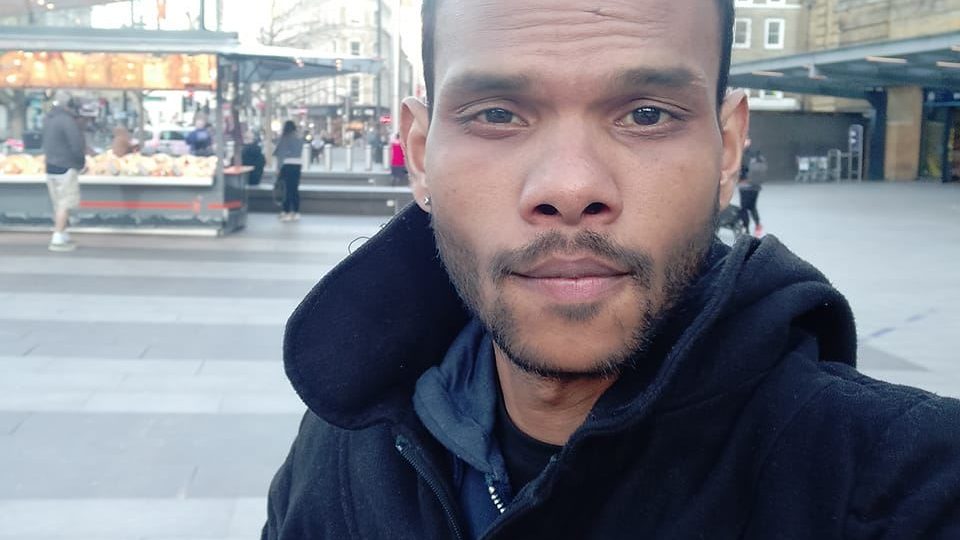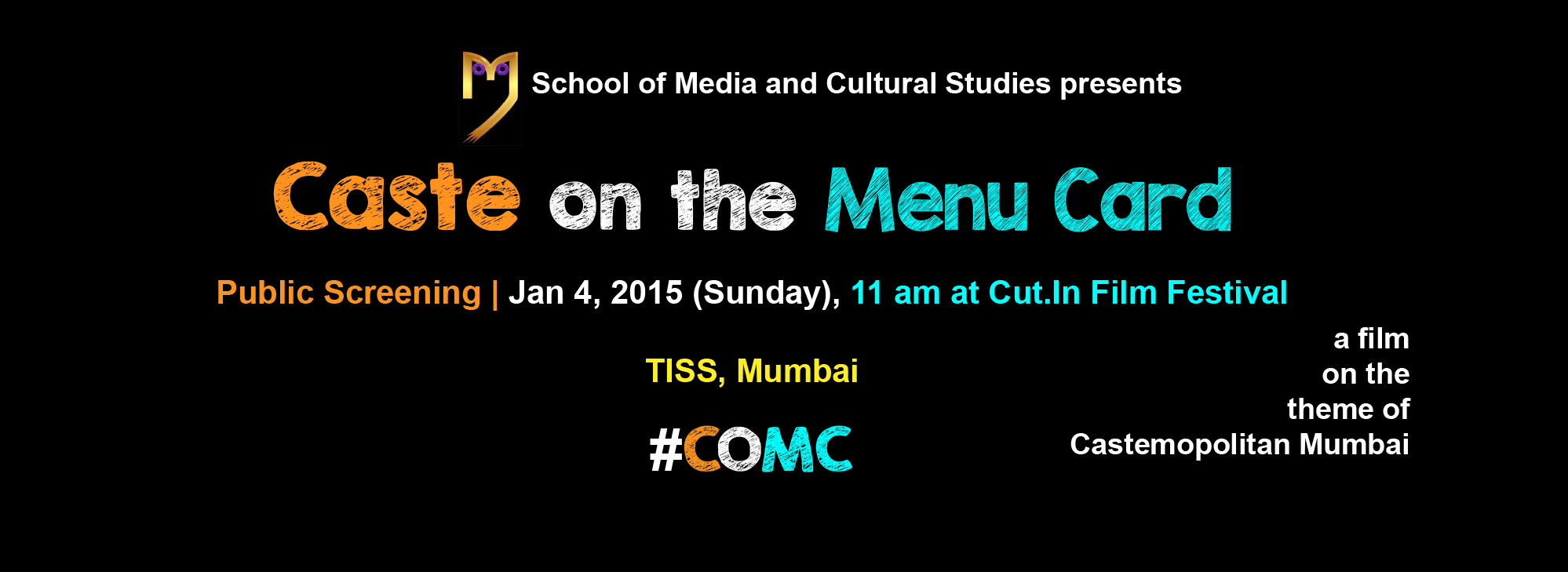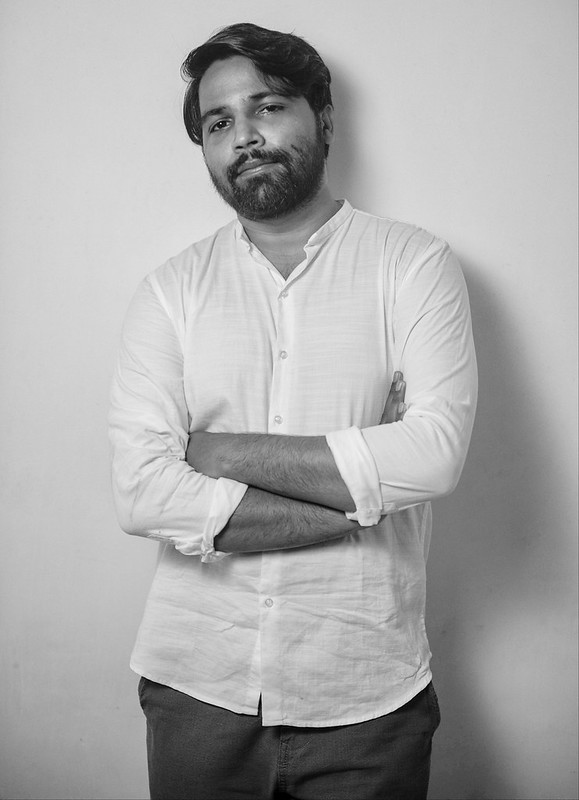Sumeet Samos
In October 2021, I joined the MSc in Modern South Asian Studies programme at the University of Oxford. Before leaving for Oxford, I did not know what to expect in the programme as well as in the university life. However, I had heard of Professor Rosalind O’ Hanlon and David Gellner working in the department, and they had worked on Phule and Caste in Nepal respectively. Since I was not trained in social sciences, I was a bit nervous about managing the programme compounded with my prior inexperience in academic writing practice. I was aware of the fact that I was going to enter a space with elites from across the world in a new country and I might feel left out, but that did not bother me much. Given my engagement with studies and willful withdrawal, I did not get to interact or spend time with students from different parts of the world but I captured a close view of how the South Asian students operate, the debates they engage with, and the discourses they present about their respective countries in front of the students from other countries. The following passage is a reflection of some of those observations I had over the last one year.
When I say South Asian students, they are mostly elite upper caste students from India and Pakistan, while there are also those from UK, US and Canada with Indian and Pakistani origin who happen to be in the similar circles. This observation regarding upper caste composition holds true even for Cambridge and SOAS. One obvious way to figure this out was the surnames which were explicitly upper caste, while the other was their own references to families, places of origin and cultural markers pointing to their caste locations. I had a classmate from Pakistan in my Anthropology course who referred to herself as a Pathan in quite a neutral manner when it came to discussing caste in Pakistan. Rather than arguing based on established academic works on caste in Pakistan, she would transpose it to her personal experiences citing how caste was not such an important factor but regional backwardness and ethnicity. At the same time, she would also say how caste mattered when it came to marriages.
I noticed such evasions and undermining of caste questions in South Asia by noting the kind of topics most Indian students were interested in discussing and writing on. Among them, the topic of Hindutva, CAA/NRC protests, farmers protest, sustainability and development, urban settlements, Mughal history and culture were recurring. It was a reminder of the centralised discourse that Delhi based civil society and ‘alternative media’ produces at the expense of vernacular movements, caste analysis and regional histories. Even the upper caste students who were working on topics around Dalits and waste management, did not seem to facilitate or promote any awareness in discussion platforms on the caste question of India. On the contrary, it was a few Bahujan students who not only worked on topics such as the non-brahmin movement and caste among Indian Muslims, but also attempted to conduct conferences, discussions, movie screenings on anti-caste intellectual traditions, movements, history and politics. The response to these efforts was quite cold among the upper caste Indian students, many of whom came from top ranking colleges and universities such as Ashoka, St Stephens, Jadavpur and even from abroad. However, we were glad that a few faculty members such as Professor Barbara Harris White, Nayanika Mathur, David Gellner extended their support to us in holding a conference on the caste census.
It is not that they were generally not interested in debates, events and discussions; what appealed to them was a certain kind of projection of India with Bollywood dance parties, Holi, Diwali, Photo sessions with Sarees and Kurtas, Shashi Tharoor, Barkha Dutt, Amartya Sen etc. They would seem quite passionate about events around environment, sustainability, LGBTQ, Black, Asian, Minority Ethnic (BAME), Rhodes must fall etc. The elite Indian and Pakistani students would often bond over similar tastes in music, poetry and festivities, terming it as Desi culture. While a set of students did a signature campaign to build a Hindu temple at Oxford, the others at the Oxford debating union organised a debate titled ‘ Does the British Raj live on’ by glorifying India and giving it a decolonial overtone. The daughter of a famed rightwing anchor in India would actively participate in decolonizing events and in fact, last year, a right wing upper caste student from India became the president of the Oxford Union using similar tropes and later had to resign for racist remarks.
The other aspect of discourse making I was exposed to was the verbal jugglery mainly by Bhadralok Bengalis in South Asian Studies circles. There are many such examples I came across, but there are two presentations which are worth mentioning. One was about stories of parrots as history of Modern India and the other was a ghost story in Bengal presented as migration and humanitarian crisis in South Asia. When I pointed this out, many Bengali Bhadralok scholars argued how it was I who was unaware of such unconventional writing style and research on non-humans. Initially I thought maybe I was not academically sharp to understand this, but after a while, analysing these events and discussing with various researchers, I figured out this trend of obfuscation is common among a section of Bhadralok Bengalis abroad. Also the story about parrots was a research project in sustainability and development. Looking back at the history of the subcontinent, this seems to bear a striking resemblance to the way Brahmins have utilised their tradition of ‘intellectual labour’ in concocting their own versions of history through various modes of obfuscation. An elderly person in my village once remarked ‘ Brahmins are Brahmanda (universe), they can be anything, say anything and do anything’. This is how they usually operate, holding immense power in their speech and pen, as politicians, religious gurus, researchers and academicians.
Lastly, I was witness to the close network of elite upper caste students from India, their social capital and the way they market themselves by citing various short term projects in India to grab scholarships and opportunities. This was sheer deception cloaked under images of excellence and transformative actions. A few days fieldwork among rural women would be projected as ‘changing the lives of rural women’ and a few weeks teaching among marginalised students would be marketed as Young Indian leaders. These tactics would be tailored to not only avail scholarships such as Rhodes, Wiedenfield and Hoffman but also to further make inroads into the lavishly paying development sectors and prestigious research positions. In fact one such upper caste student after working with Dalit women for a few weeks had written that she was an expert on manual scavenging.
Furthermore, I found out that the sons and daughters of many Indian civil society activists and left leaders silently study in these universities and even work here after having preached the young Dalit-Bahujan students to fight in the streets and to stay away from bourgeois liberal institutions during their youthful days. They would not stop criticising the III and IV grade Dalit employees of being middle class for their hard earned mobility, but continue to reproduce their caste mediated social and cultural capital through these universities abroad. This happens through their connections and references in familiar circles. It is an irony that I learnt about Bourdieu theorising social and cultural capital in these circles. I wish at least the white academicians who seemed to have stayed in India for decades and are aware of the anti-caste movements wrote about how caste functioned in academia. Not only do they have intimate knowledge of it but also their words carry a lot of weight. Jaffrelot does a lot of analysis on caste composition in Indian elections, and so does Giles Verniers, I hope they could do the same for academia and analyse it. I am glad I got supportive faculty members and guidance into a range of reading list which enhanced my writing, but it doesn’t take away the fact that these institutions are centres for caste elites to legitimize their caste capital in the modern day.
~~~
Sumeet Samos, from Odisha, has recently completed MSc in Modern South Asian Studies at Oxford.










